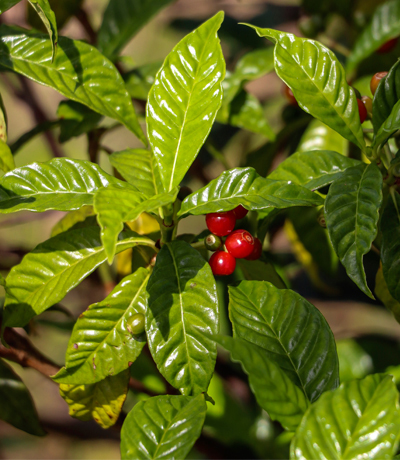Wild coffee
Psychotria nervosa
Identifying Characteristics:
Evergreen shrub with shiny, dark green, deeply-impressed leaves. White flowers in spring and summer turn into small red fruits.
Mature Size:
4 feet - 10 feet tall with simliar spread
Canopy Layer:
Understory